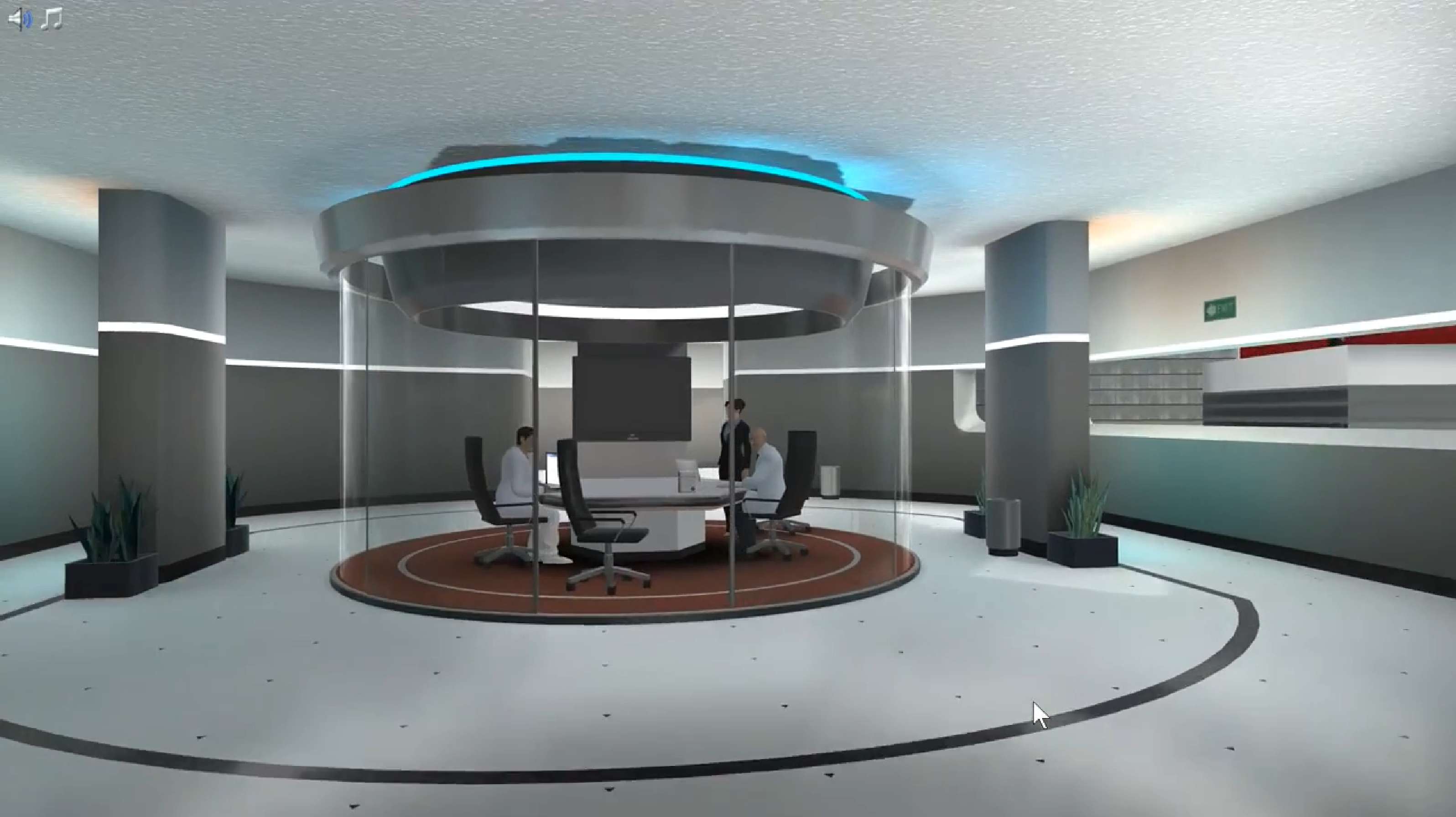Heading 1
Heading 2
Heading 3
Heading 4
Heading 5
Heading 6
Lorem ipsum dolor sit amet, consectetur adipiscing elit, sed do eiusmod tempor incididunt ut labore et dolore magna aliqua. Ut enim ad minim veniam, quis nostrud exercitation ullamco laboris nisi ut aliquip ex ea commodo consequat. Duis aute irure dolor in reprehenderit in voluptate velit esse cillum dolore eu fugiat nulla pariatur.
Block quote
Ordered list
- Item 1
- Item 2
- Item 3
Unordered list
- Item A
- Item B
- Item C
Bold text
Emphasis
Superscript
Subscript
About This Simulation
Investigate the connection between blood vessel growth and cancer development, and use this knowledge to identify a promising treatment for breast cancer.
Learning Objectives
- Explain the principles and importance of intracellular signal transduction
- Explain receptor tyrosine kinase (RTK) cell signaling
- Analyze dysregulated signal transduction in human cancer cells
- Understand the connection between angiogenesis and tumor growth
- Investigate the involvement of vascular endothelial growth factor receptor (VEGFR) signaling in human breast cancer
About This Simulation
Lab Techniques
- Western blotting
- Inhibitor treatment
- Histology
- Cell culture
Related Standards
- Out of Scope
- Unit 4: Cell Communication and Cell Cycle
- 6.6: Hormones, Homeostasis and Reproduction
Learn More About This Simulation
In this simulation, you will learn how tumor cells send signals to surrounding cells to help promote tumor growth, and how this signal is transmitted inside the cell.
Analyze patient samples by western blotting
As a researcher in the R&D department of a big pharma company, your mission will be to test the hypothesis that increased blood vessel growth, also called angiogenesis, plays a role in breast cancer development. To investigate this idea, you will perform a western blot experiment to test for the expression of vascular endothelial growth factor receptor (VEGFR) expression in patient samples compared to healthy tissue samples.
Learn about VEGFR signal transduction
Following the interpretation of initial results, you will learn more about how VEGFR, a receptor tyrosine kinase (RTK) transmits an external signal to the inside of the cell, and how this influences angiogenesis. You will be able to follow the process in a 3D animation.
Develop a strategy for breast cancer therapy
Finally, your mission is to test different inhibitors targeting VEGFR signaling. You will design an experimental approach to test for the activity of this specific class of RTKs.
Will you be able to identify a promising new drug candidate for treating patients with breast cancer?
Experience Labster for Yourself
Boost Learning with Fun
75% of students show high engagement and improved grades with Labster
Discover Simulations That Match Your Syllabus
Easily bolster your learning objectives with relevant, interactive content
Place Students in the Shoes of Real Scientists
Practice a lab procedure or visualize theory through narrative-driven scenarios


For Science Programs Providing a Learning Advantage
FAQs
Find answers to frequently asked questions.
Heading 1
Heading 2
Heading 3
Heading 4
Heading 5
Heading 6
Lorem ipsum dolor sit amet, consectetur adipiscing elit, sed do eiusmod tempor incididunt ut labore et dolore magna aliqua. Ut enim ad minim veniam, quis nostrud exercitation ullamco laboris nisi ut aliquip ex ea commodo consequat. Duis aute irure dolor in reprehenderit in voluptate velit esse cillum dolore eu fugiat nulla pariatur.
Block quote
Ordered list
- Item 1
- Item 2
- Item 3
Unordered list
- Item A
- Item B
- Item C
Bold text
Emphasis
Superscript
Subscript
Labster can be integrated within a school's LMS (Learning Management System), and students can access it like any other assignment in their LMS. If your Institution does not choose an LMS integration, students will log in to Labster's Course Manager once they have an account created. Your institution will decide the access method during the sales process.
Labster is only available for purchase by faculty and administration at academic institutions. To procure Labster, simply reach out to us on our website. Schedule a demo, book a meeting to discuss pricing, start a free trial, or simply fill out our contact form.
Labster simulations are created by real scientists and designed with unparalleled interactivity. Unlike point and click competitors, Labster simulations immerse students and encourage mastery through active learning.
Labster supports a wide range of courses at the high school and university level across fields in biology, chemistry and physics. Some simulations mimic lab procedures with high fidelity to train foundational skills, while others are meant to bring theory to life through interactive scenarios.


















